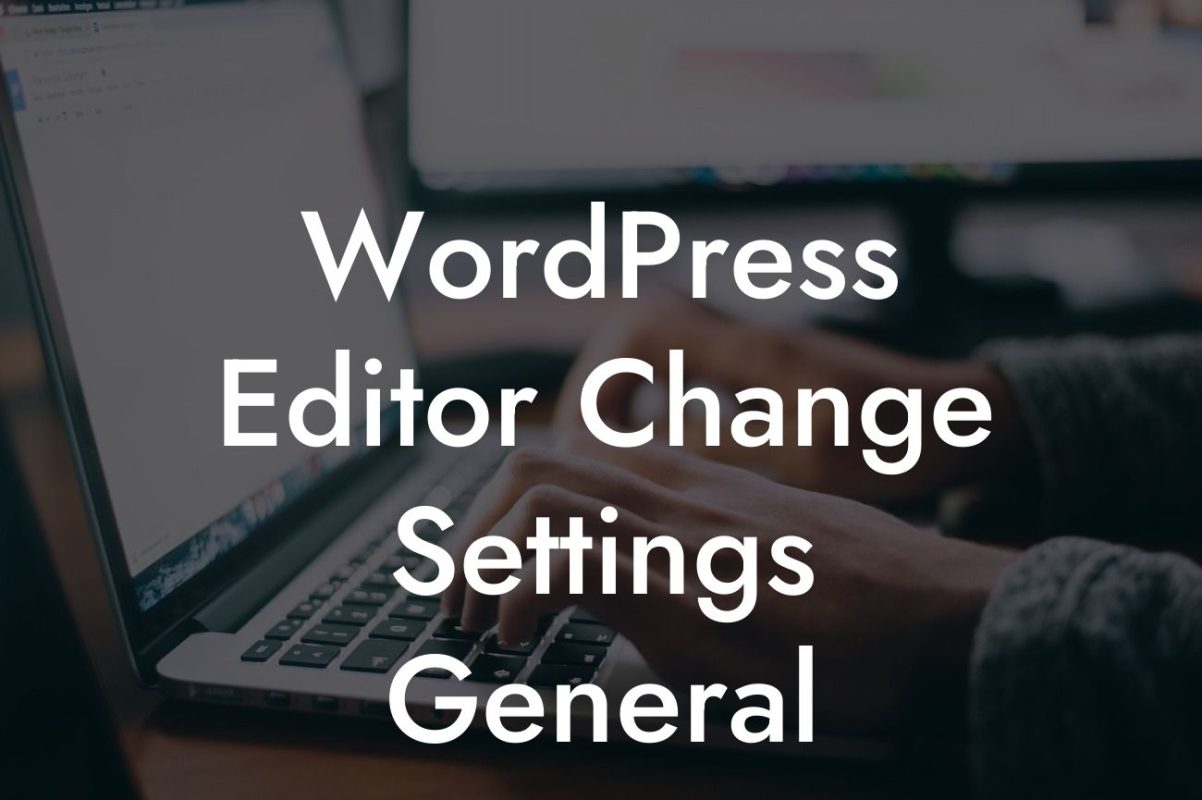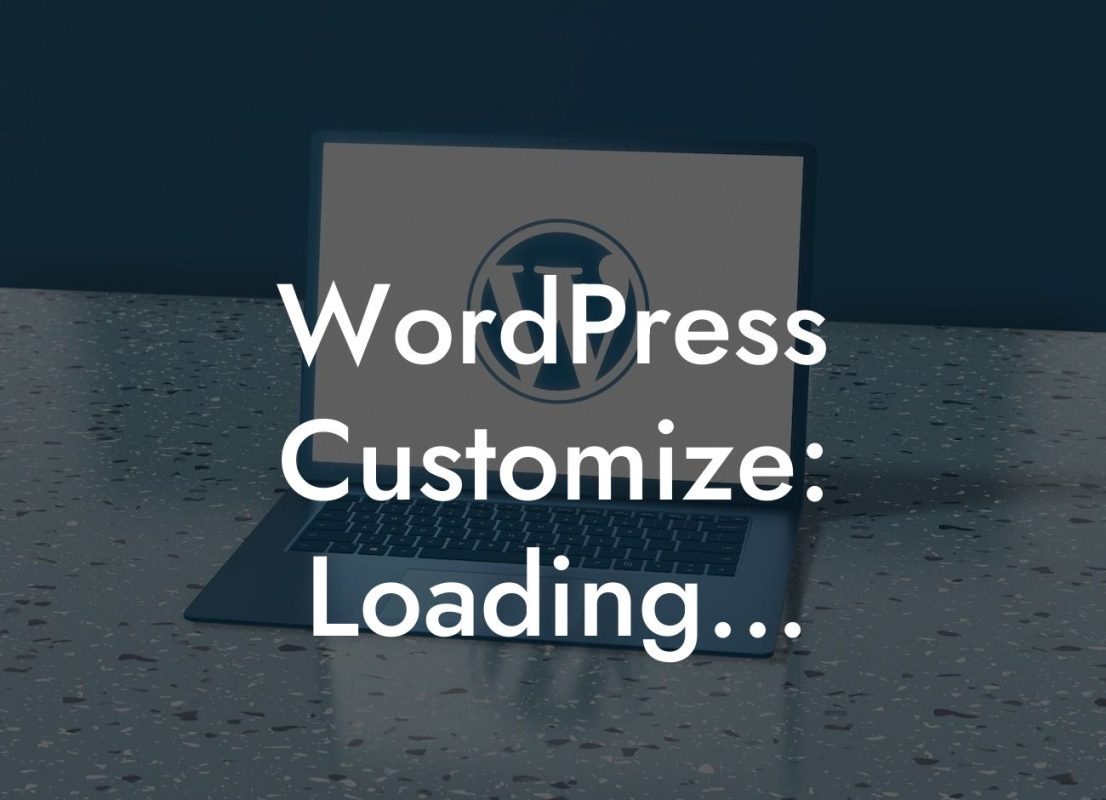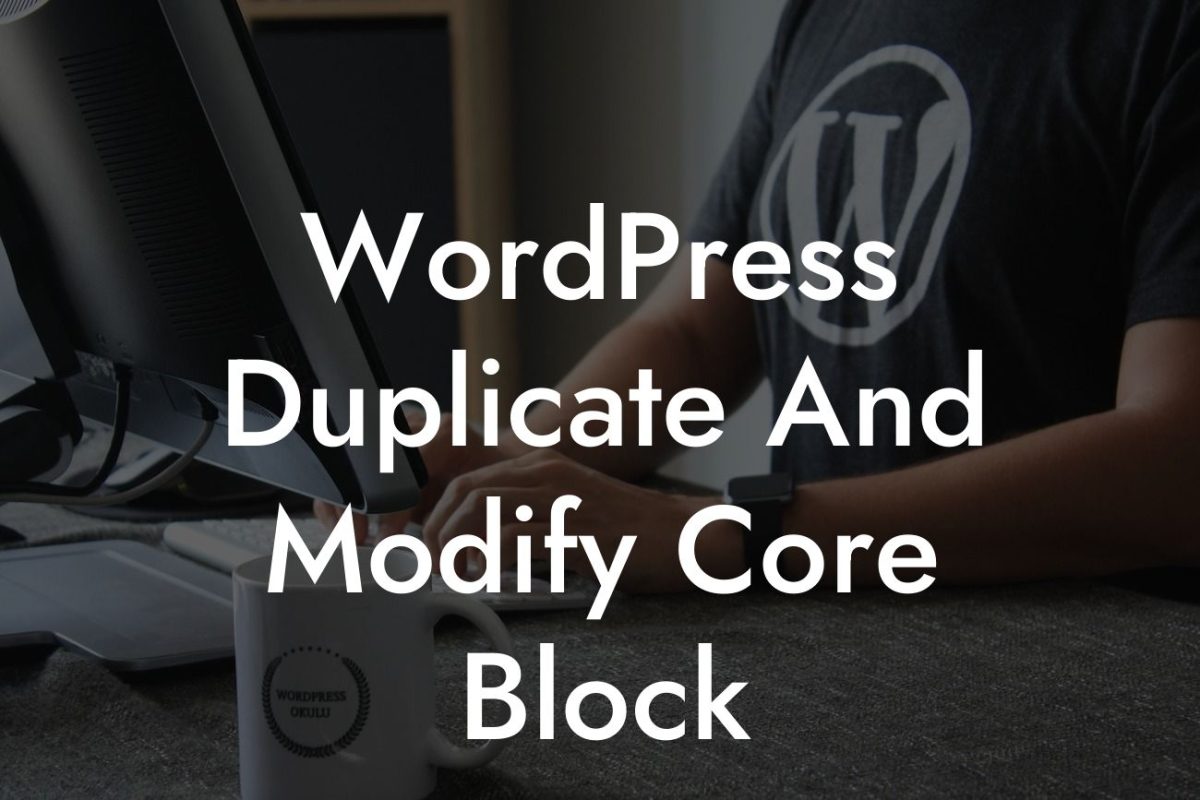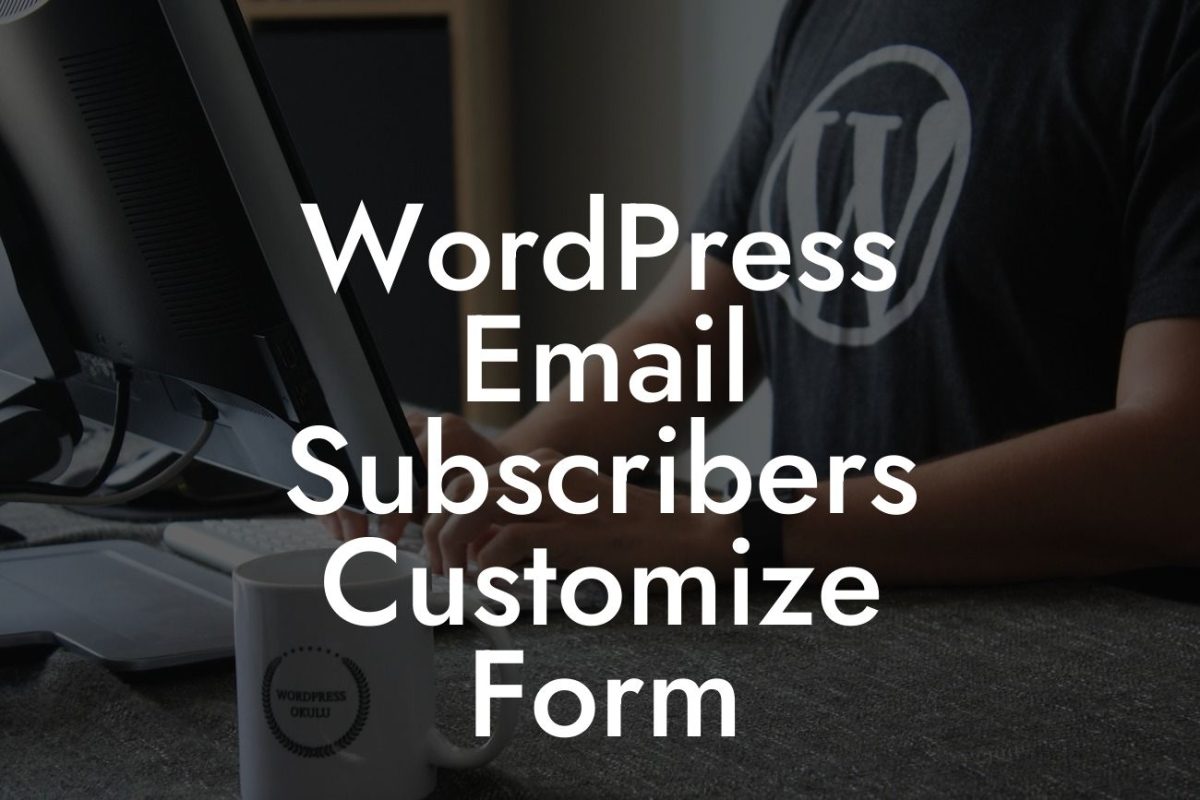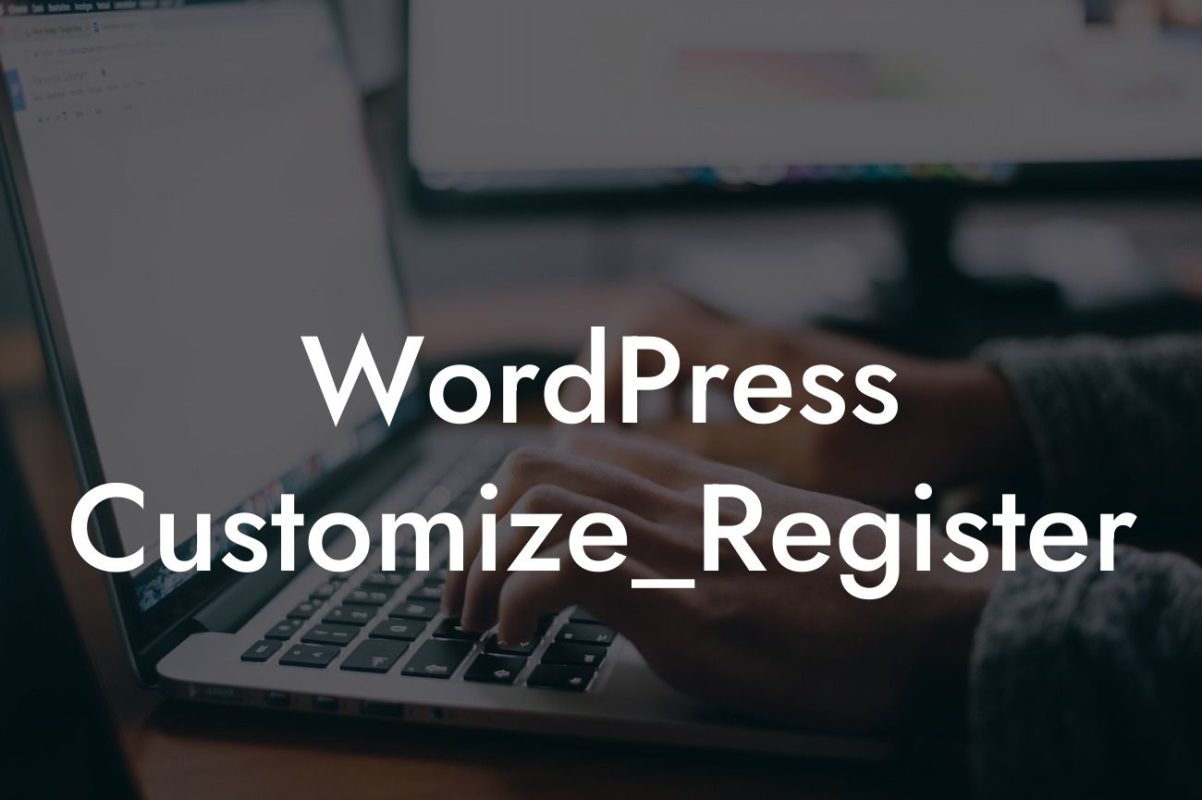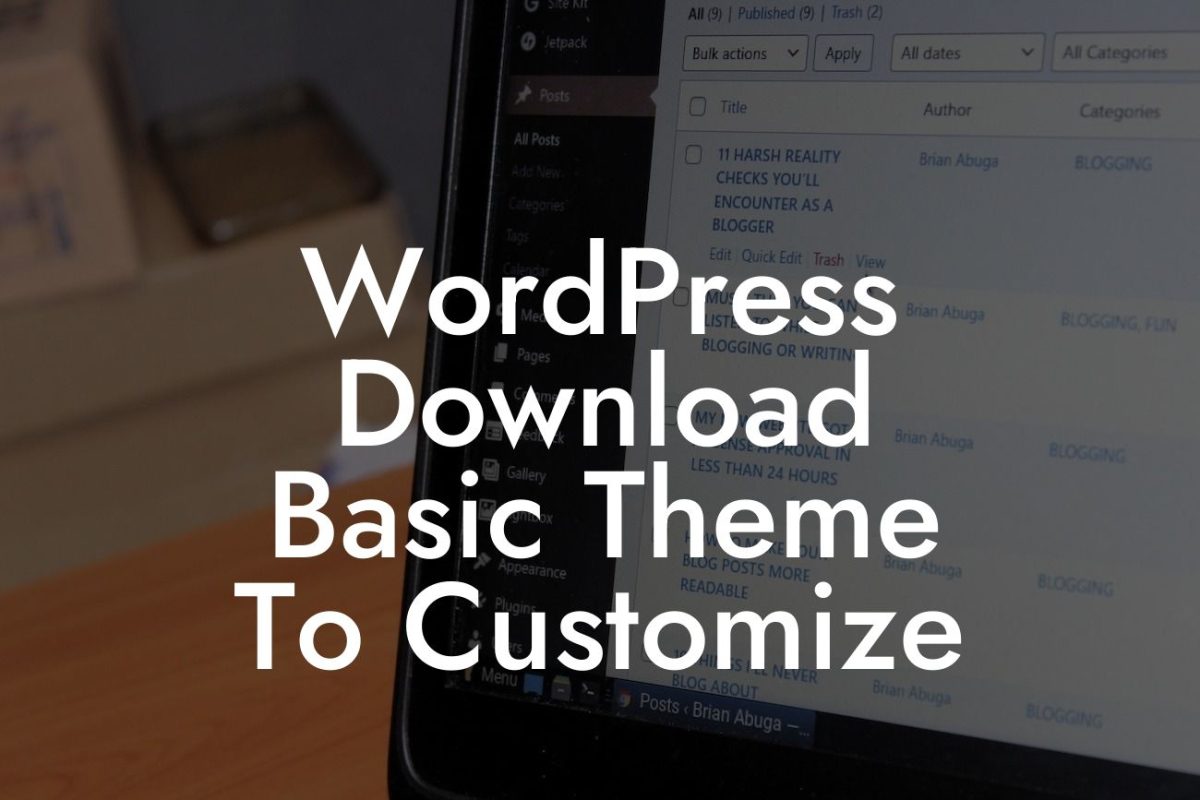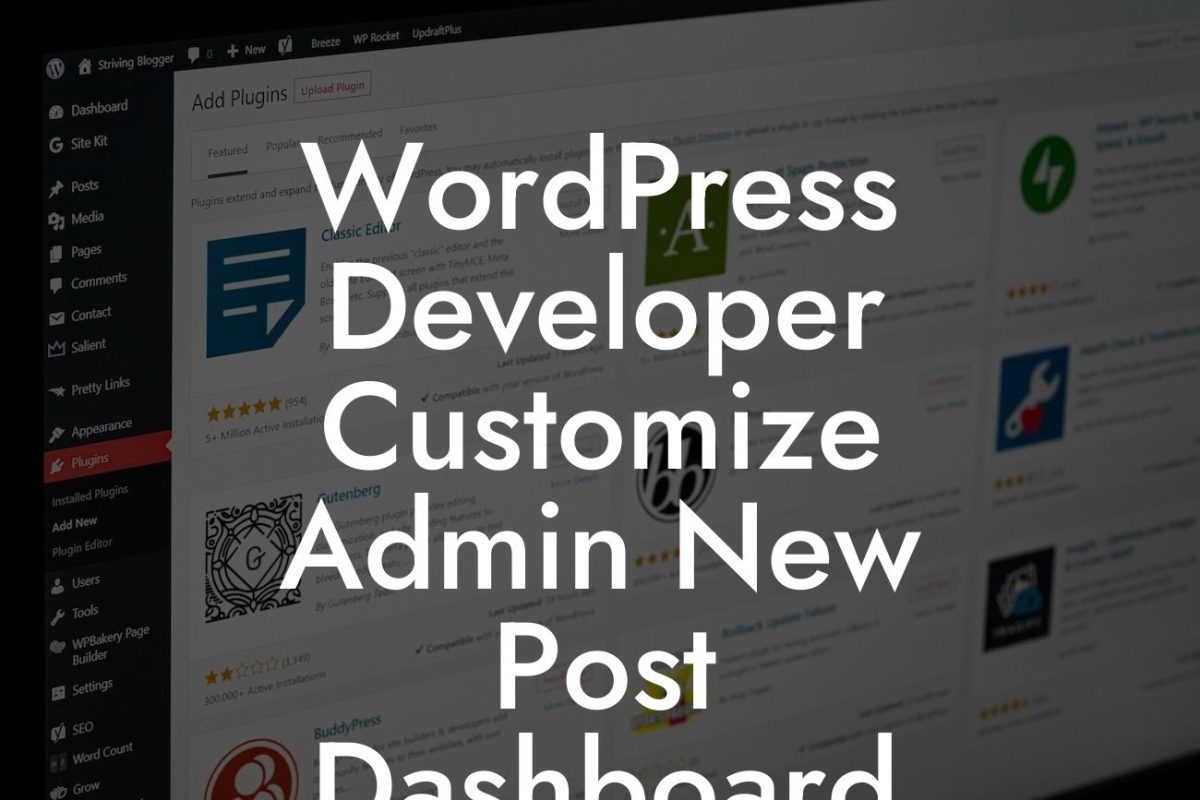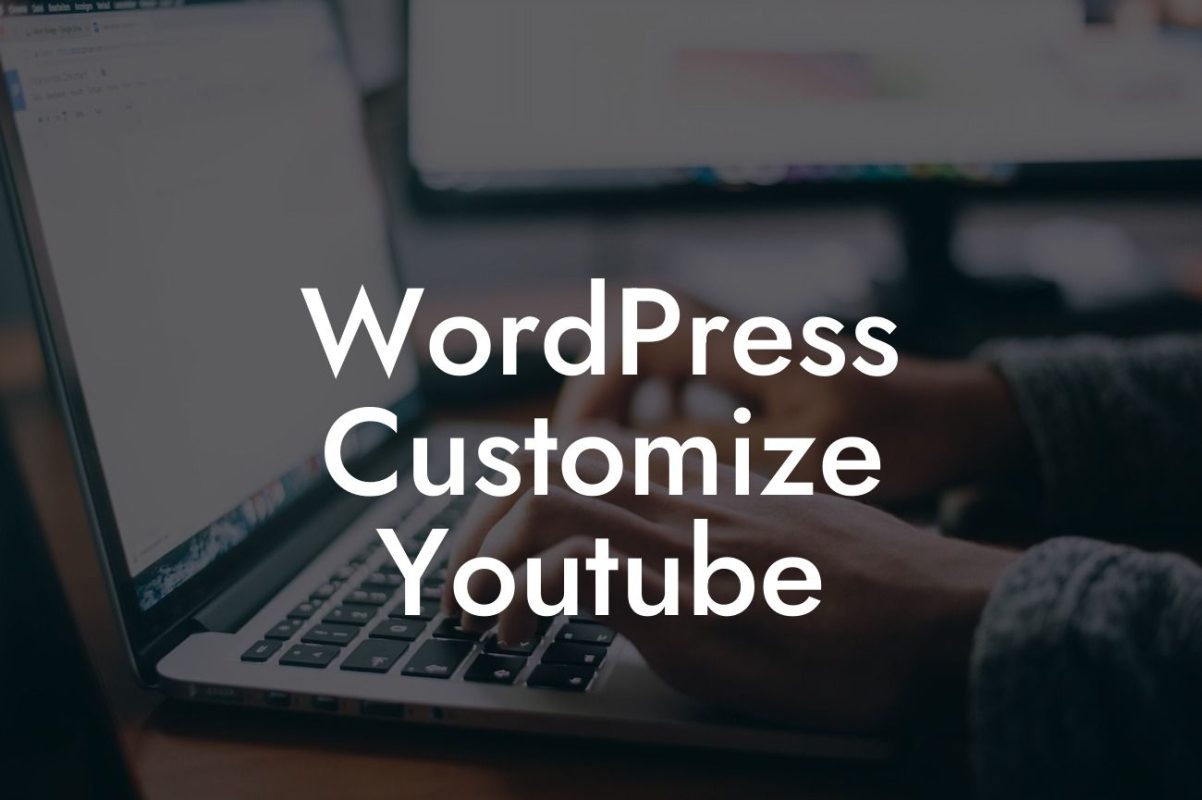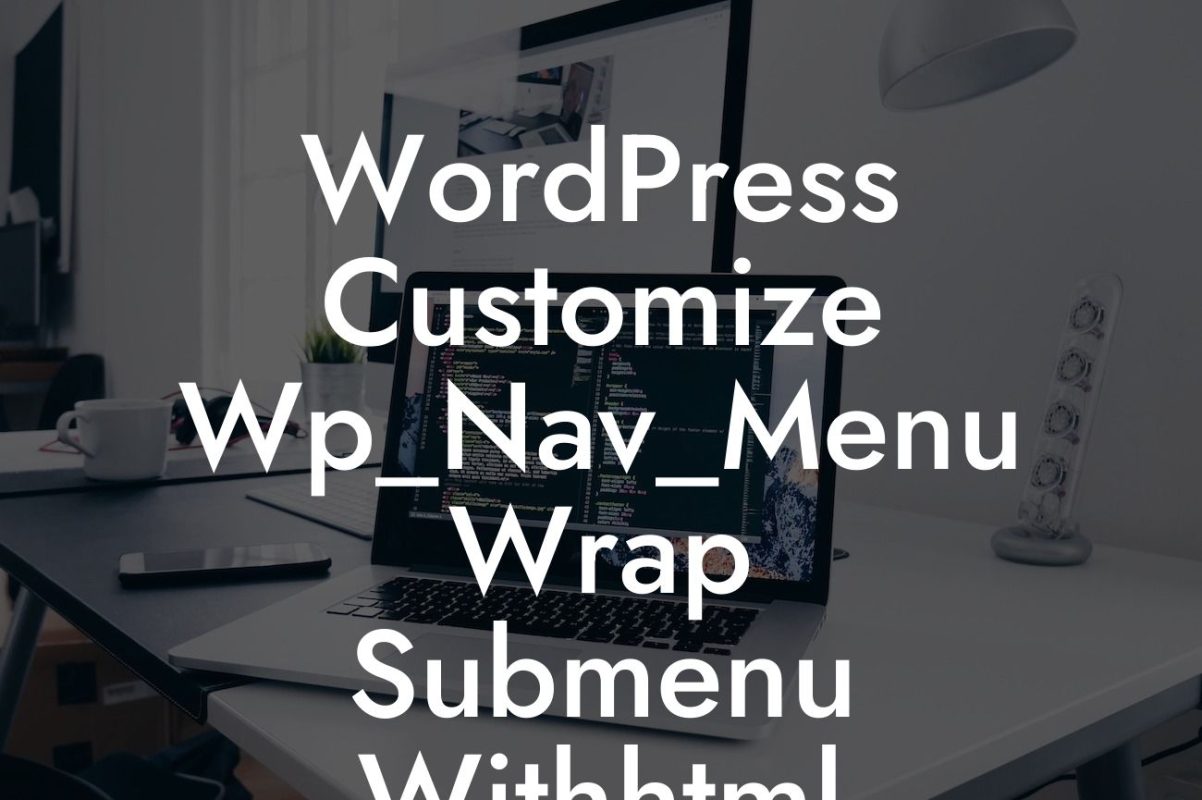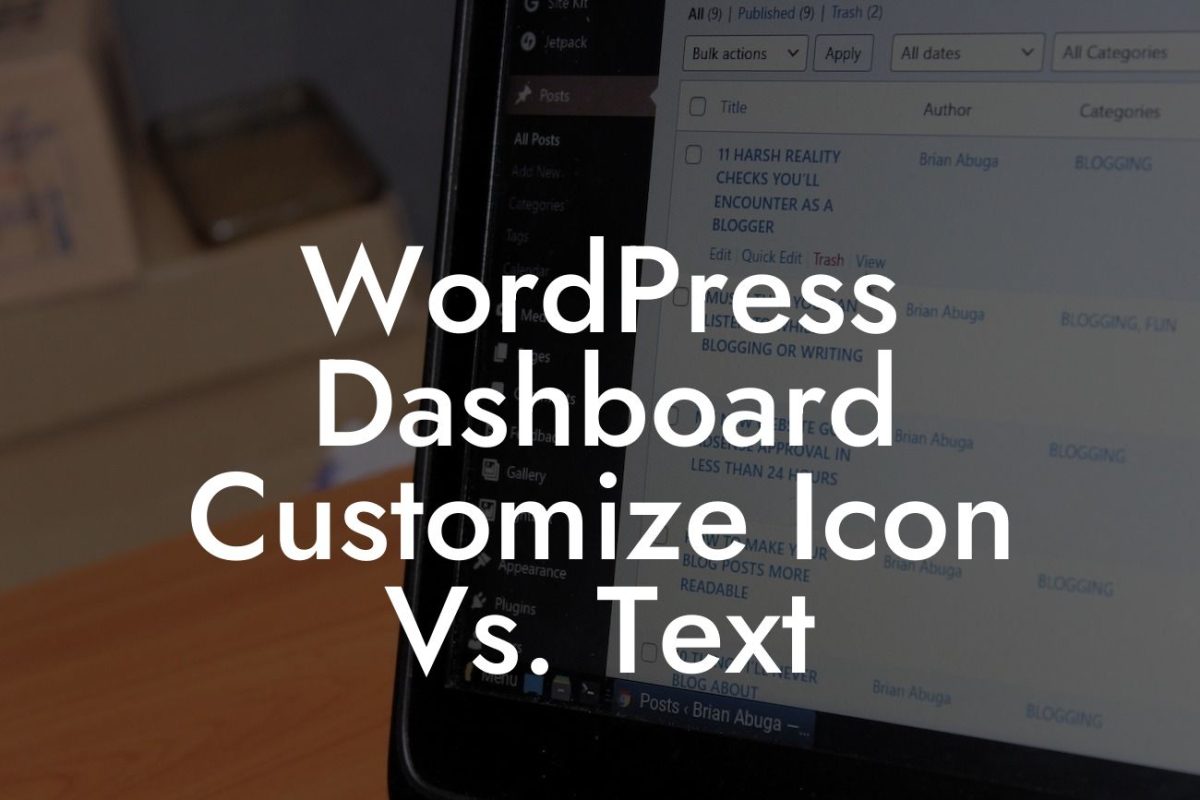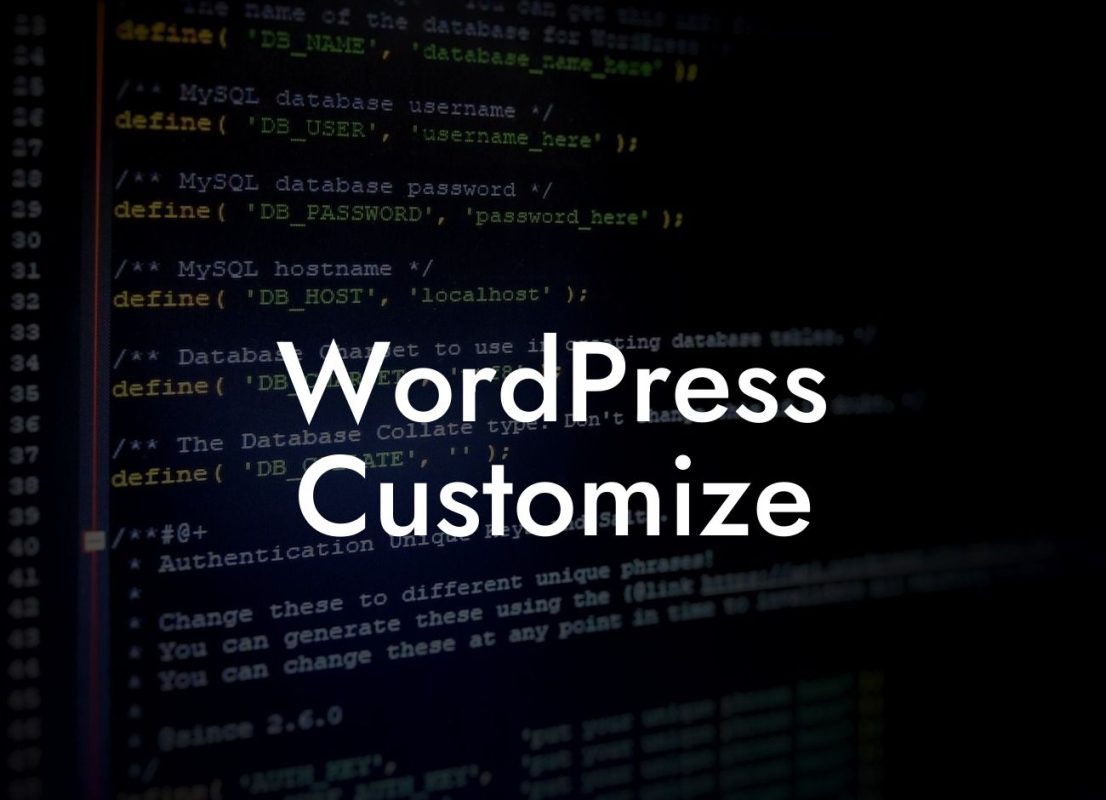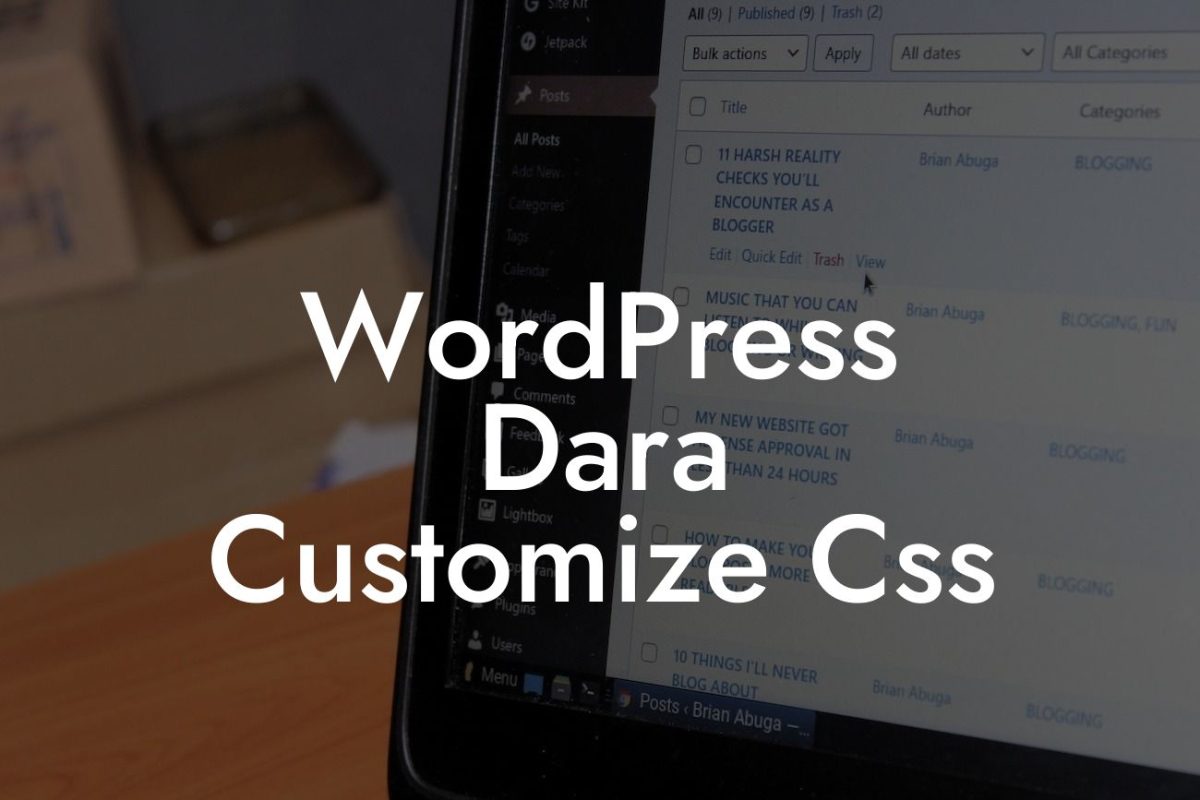Adding a favicon to your WordPress website may seem like a small detail, but it can have a big impact on your brand's online presence. A favicon is the tiny icon that appears next to the website's name in a browser tab or bookmark. It adds a professional touch and helps users easily identify your website among the multitude of open tabs. In this article, we'll guide you through the process of adding a favicon to your WordPress site, ensuring that your online presence stands out from the crowd.
Adding a favicon to your WordPress website is a straightforward process. Follow these steps to get started:
1. Choose your favicon design: The first step is to design your favicon. It should be a simple and recognizable image that represents your brand. Consider using your logo, a stylized initial, or an icon that symbolizes your website's purpose.
2. Resize and prepare your favicon: Favicons typically have a size of 16x16 pixels or 32x32 pixels. Use image editing software like Photoshop or online tools to resize your chosen image to the appropriate dimensions. Save the favicon as a .ico, .png, or .gif file format.
3. Upload the favicon to your WordPress site: Log in to your WordPress dashboard and navigate to "Appearance" and then "Customize." Look for the "Site Identity" or "Site Icon" option. Click on it, and you'll be prompted to upload your favicon file. Select the file you prepared earlier and save your changes.
Looking For a Custom QuickBook Integration?
4. Preview and test your favicon: Refresh your website and check if your favicon appears in the browser tab. Open your website in different browsers and devices to ensure it displays correctly. If your favicon doesn't show up, clear your browser cache and try again.
How To Add A Favicon To Wordpress Example:
Let's say you run a graphic design agency called "Pixel Perfect." You decide to use a small, colorful pixel art representation of your logo as your favicon. After resizing the image to 32x32 pixels and saving it as a .png file, you upload it to your WordPress site. Voila! Now, whenever visitors open your website, they'll see your customized favicon, instantly recognizing and connecting with your brand.
Congratulations! You've successfully added a favicon to your WordPress website. By paying attention to even the smallest details like favicons, you're providing a cohesive and professional user experience. Don't forget to share this article with others who may find it helpful, and explore DamnWoo for more guides and plugins that can enhance your WordPress journey. Elevate your online presence and supercharge your success with DamnWoo's extraordinary solutions.


